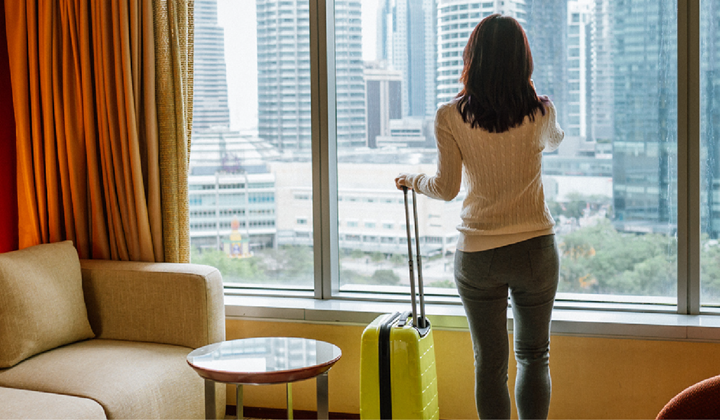

Tourism property assets storm back after covid-induced slump
The tourism sub-sector of the commercial property market has been an outlier over the past three years – for worse during the pandemic and now for the better.
“For the rest of the commercial property market, volumes hit new highs as interest rates fell in 2020 through to 2022, with a range of new investors looking to diversify their portfolios,” according to Ray White Commercial Head of Research Vanessa Rader.
“However, lockdowns, border closures and a halt to international travel saw interest in tourism assets fall to long-term lows, with annual turnover of $1.4 billion in 2020 and limited sales during the subsequent quarters.”
Since then, investment has fallen in the wider commercial market, in part due to rising interest rates, but skyrocketed in the tourism sub-sector.
“Turnover saw a swift increase during 2022 in response to improving tourism data, showing increased air travel, hotel occupancy and growth in average daily room rates. Interest in smaller regional hotels and motels also increased as domestic travel rebounded due to a strong driving market which improved further after restrictions eased regarding interstate movements,” Ms Rader said.
“With both domestic and international travel showing these improvements, investment levels in hotel assets across the country has now increased. During 2022-23, volumes reached $4.1 billion, a growth of 56.7% on the prior year, highlighting the improved confidence across the tourism industry.”
At the same time as tourism transaction volumes have increased, there's been a change in the type of buyer purchasing tourism assets, according to Ms Rader.
“Historically, offshore buyers have been the major purchasers of hotel assets, however, we have seen a reduction this year in activity from this buyer group. Private and institutional buyers are representing the greatest net acquisition in 2023 with foreign investors representing the largest seller group,” she said.
Why hotels are likely to remain in demand
Ms Rader said tourism had experienced a wild ride over the past decade, but that the future looked bright.
“The five-year average returns of just 3.0% highlights the difficulty for this sector during the pandemic era, while assets such as office recorded 6.6% returns. However, over the longer 10-year period, we can see despite these difficulties that returns continued to achieve outstanding levels at 9.2% per annum, closely aligned to office at 9.4% and well ahead of the retail sector which only represented a 5.7% annual return,” she said.
“Looking ahead, the outlook for the hotel sector is strong. While inflationary pressures have been elevated, reducing discretionary spending levels, we continue to see demand for travel high domestically. The current state of the Australian dollar will further enhance the attractiveness of Australia as a destination, improving the demand for accommodation, growing occupancy and returns for this commercial investment class.”
There are a range of tourism assets available to investors, from B&Bs and campgrounds to hotels and convention centres. If you’d like to add a tourism asset to your portfolio, contact me and I’ll arrange the finance for you.
